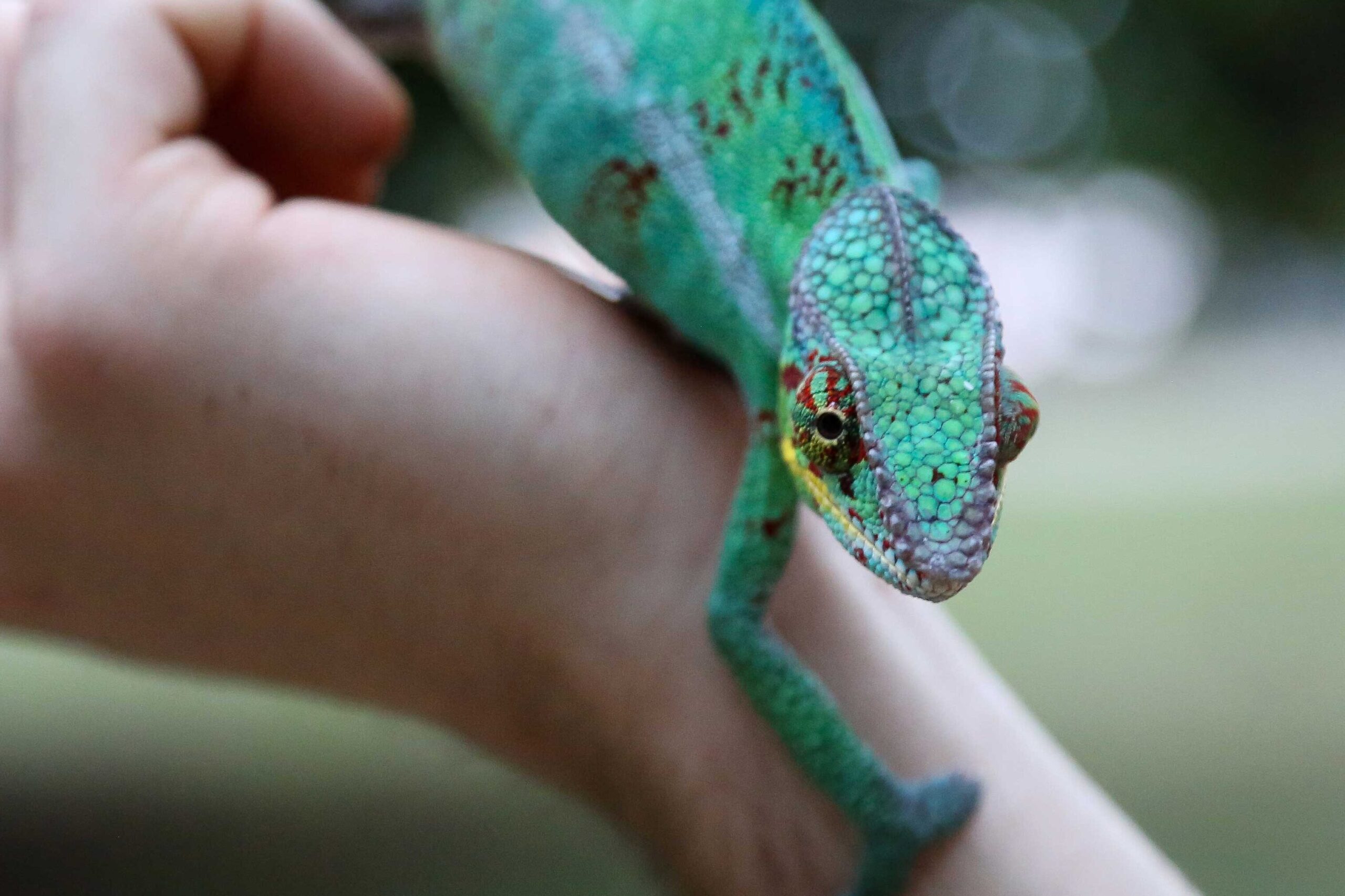Lizard body language plays a crucial role in communicating their emotions, health, and overall well-being. As a reptile enthusiast, it’s essential to understand and interpret their body language cues. This comprehensive guide aims to help you decipher and interpret the body language of lizards, allowing you to better understand their needs and ensure their welfare.


Basic Body Language Cues:
- Eye Movements and Pupil Dilation: Lizard eye movements and pupil dilation convey messages related to their alertness, aggression, fear, or relaxation.
- Tail Positions and Movements: Different tail positions and movements, such as wagging, curling, or puffing, indicate emotional states and defense mechanisms.
- Head Bobbing and Nodding: Head bobbing or nodding in lizards serve as communication tools, used for territorial displays or courtship rituals.
- Body Posture and Stance: Lizard body posture, including arched backs, flattened bodies, or raised limbs, reflects their mood, comfort level, or defensive stance.
Communication through Skin and Coloration:
- Color Changes and Patterns: Lizards can change their skin color and patterns to communicate emotions, thermoregulate, or blend into their surroundings.
- Puffing and Flaring of Throat and Dewlap: Throat and dewlap displays, such as puffing or flaring, signal dominance, submission, or warnings to rivals or potential mates.
- Texture and Pores: Skin texture, like roughness or smoothness, and the presence of pores convey information about a lizard’s health, hydration, or stress levels.
Vocalizations and Auditory Communication:
- Chirping, Hissing, and Clicking: Lizards produce vocalizations for territorial marking, mating calls, or warning signals.
- Distress Calls and Aggression Sounds: Different sounds emitted by lizards express distress, threat, or aggressive interactions with conspecifics.
Non-Verbal Cues in Limb and Tail Movements:
- Arm Waving and Leg Extension: Lizards use arm waving or leg extension as visual signals in territorial disputes or courtship displays.
- Tail Flicking and Whipping: Tail flicking and whipping convey agitation, stress, or hunting behaviors.
- Lizard Locomotion Styles: The variations in lizard locomotion, such as running, crawling, or sidewinding, indicate their natural behavior and habitat.
Decoding Health and Stress Signs:
- Skin Shedding Patterns: Abnormal shedding patterns indicate health issues or improper husbandry.
- Lethargy and Brumation Behaviors: Changes in activity levels, prolonged lethargy, or brumation behaviors may indicate seasonal adaptations or underlying health problems.
- Appetite and Feeding Behaviors: Variations in appetite, eating habits, or refusal to eat provide insights into a lizard’s health and well-being.
Understanding lizard body language is vital for effective communication and care. By observing and learning their individual body language cues, you can develop a stronger bond with your pet lizard and ensure their welfare. Remember to provide proper husbandry, a suitable environment, and seek veterinary care when necessary to maintain a healthy and happy lizard.
